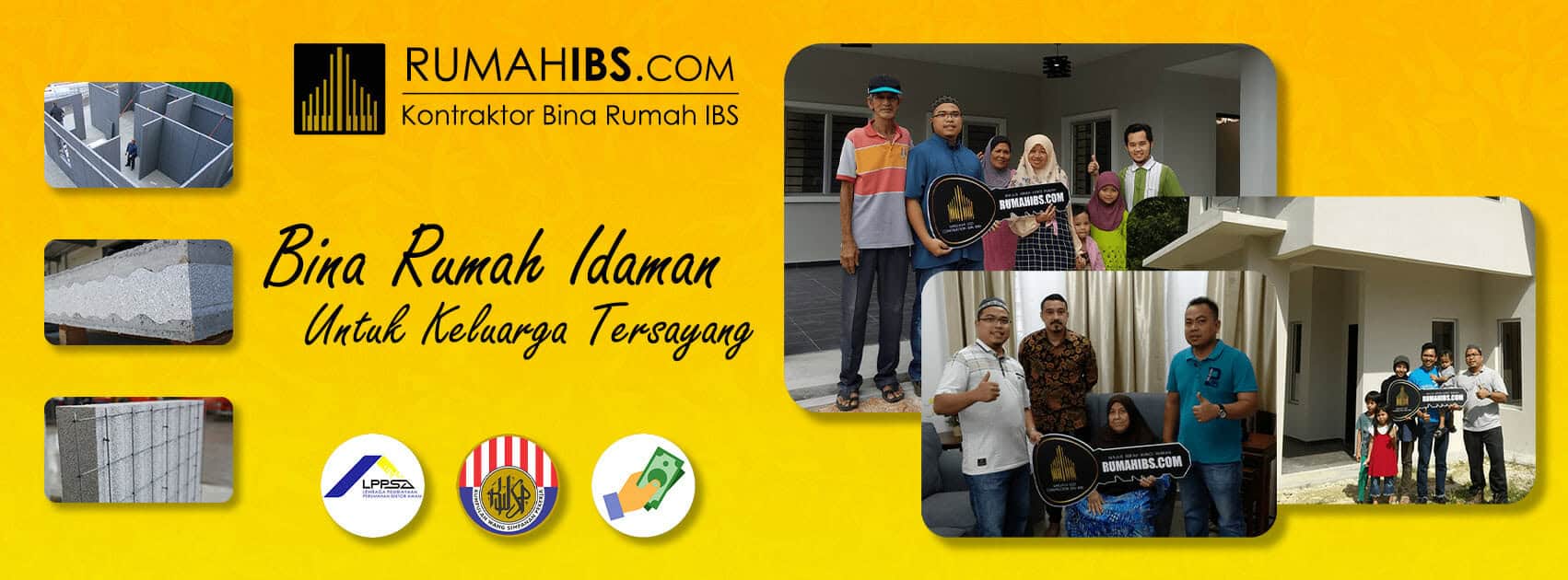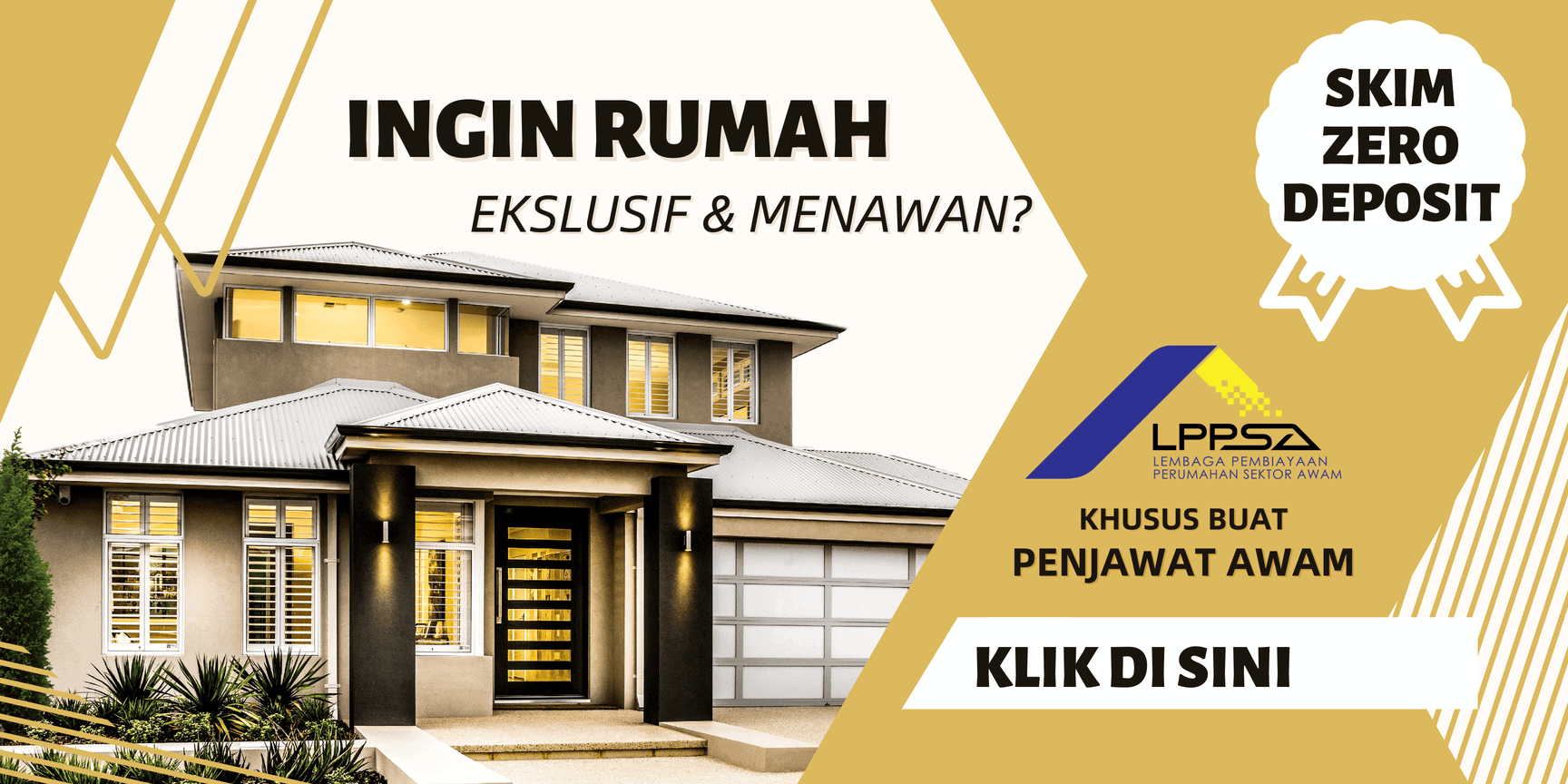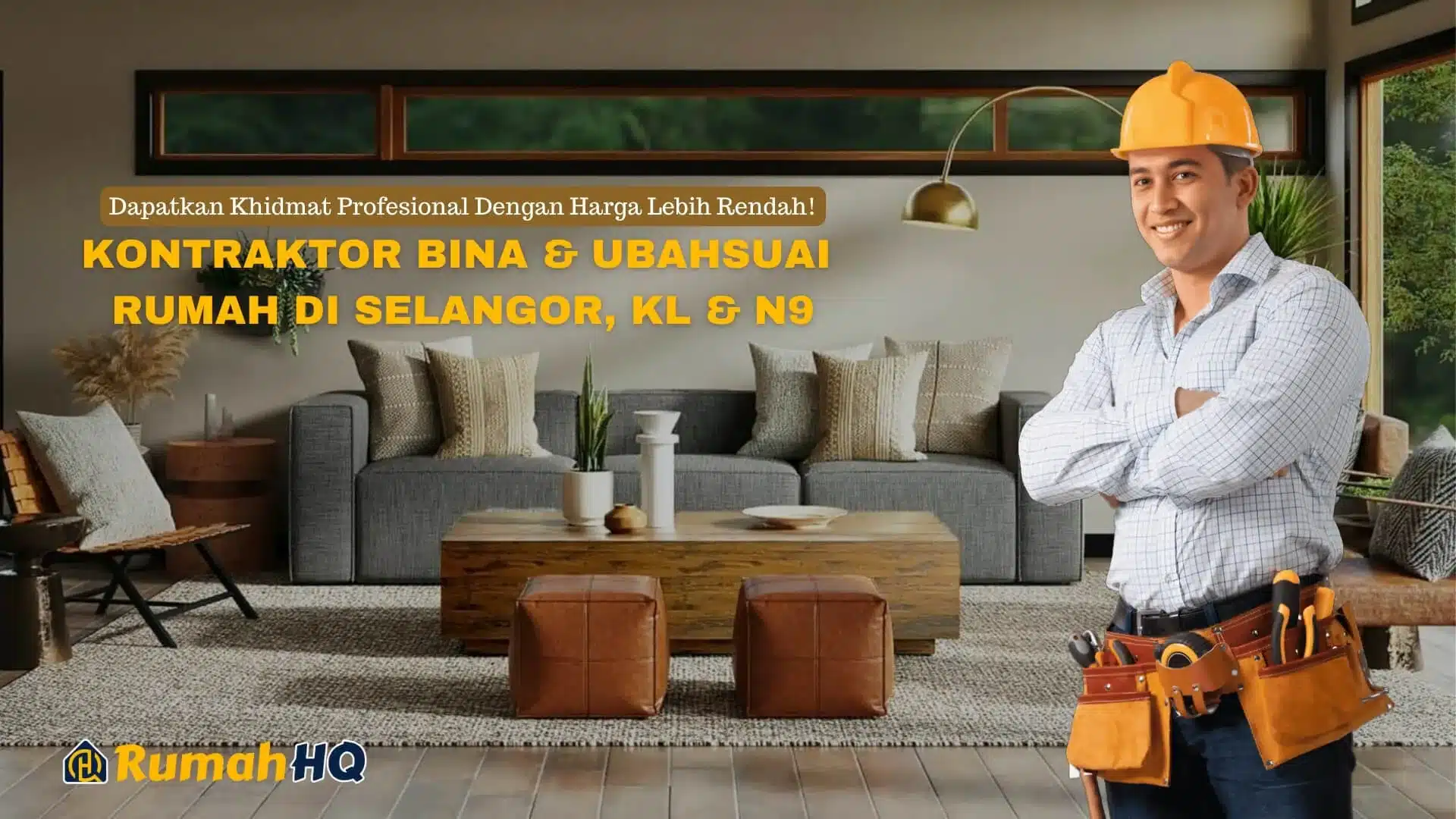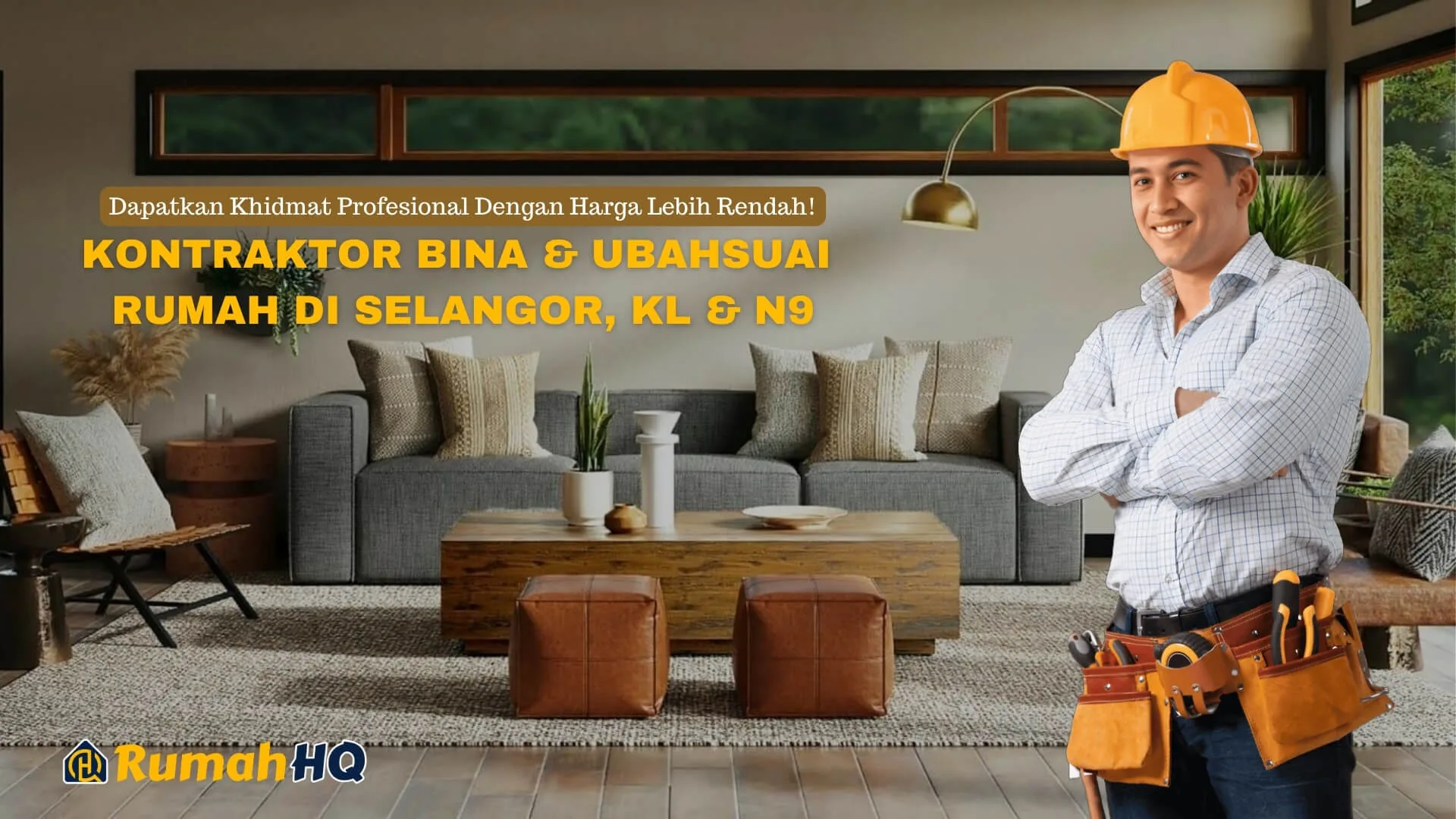
Blog
Pro and Con of Prefab Home in Malaysia
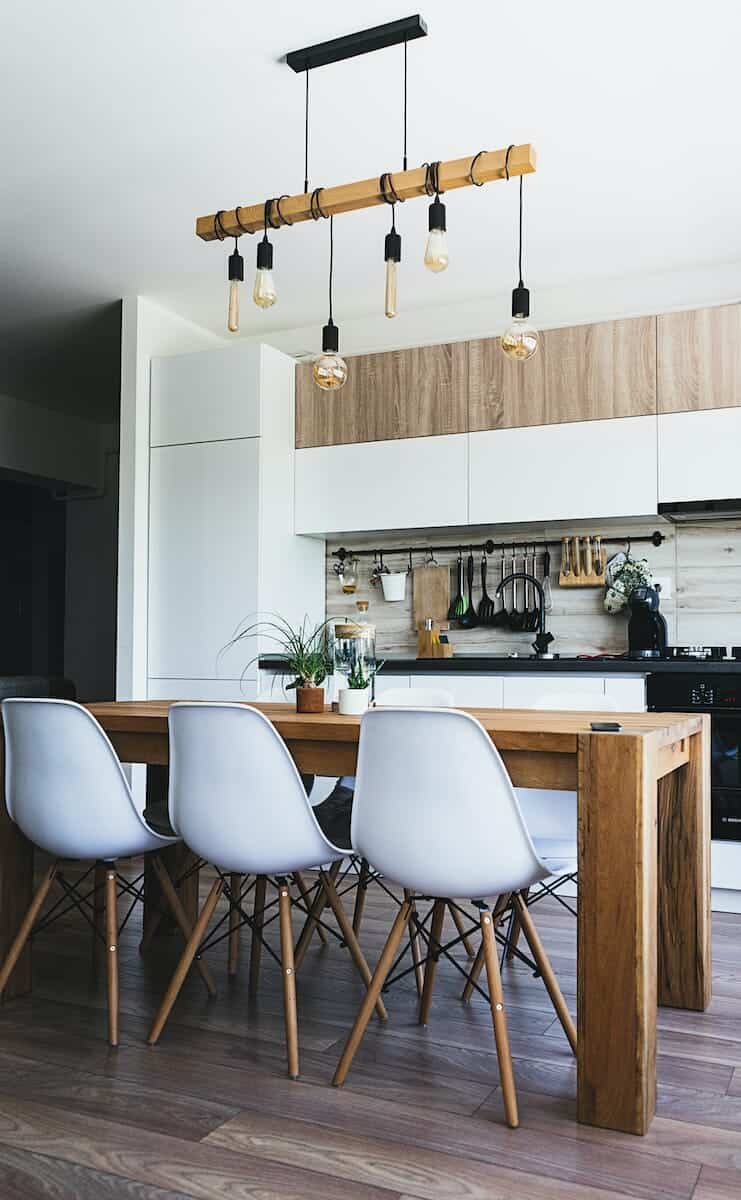
Pro and Con of Prefab Home in Malaysia
- What are the pros and cons of prefab homes in Malaysia?
- Are prefab homes cheaper than traditional built homes in Malaysia?
- How long does it take to build a prefab home in Malaysia?
- What are the best prefab home companies in Malaysia?
- What is the cost per square foot for a prefab home in Malaysia?
- Are prefab homes energy efficient and green in Malaysia?
- What are the financing options for prefab homes in Malaysia?
- What are the limitations of prefab homes in Malaysia?
- How customizable are prefab homes in Malaysia?
- How durable and long-lasting are prefab homes compared to traditional homes in Malaysia?
1. Pros and Cons of Prefab Homes in Malaysia
Prefabricated, or prefab, homes have become an increasingly popular housing option in Malaysia in recent years. Here is an overview of some of the main pros and cons of prefab homes in the Malaysian context:
Pros
- Faster construction time: Prefab homes can be constructed much faster than traditional built homes, with some prefab companies promising completion in as little as 3 months. This is because up to 80% of the construction is done offsite in a factory.
- Lower cost: Prefab homes are generally 10-20% cheaper than comparable traditionally built homes in Malaysia. Savings come from shorter construction time, assembly line efficiency, bulk purchasing of materials, and minimal wastage.
- Customizable: Although prefab homes are mass produced, they can still be customized to suit individual tastes. Buyers can choose different layouts, finishes, fixtures etc.
- High quality: Prefab manufacturers utilize specialized equipment, stringent quality control and skilled workers to produce high quality homes. Components are precision engineered for easy assembly.
- Eco-friendly: Prefab homes require less energy, water and materials to construct compared to traditional homes. Their compact modular design also allows for passive solar techniques.
- Resistant to disasters: Prefab buildings are structurally stronger and more resistant to floods, earthquakes and storms due to integrated framing and robust connections.
Cons
- Limited customization: While prefab homes offer some flexibility in design, they are still restricted in terms of layout changes and extensive customization.
- Limited size and design options: Prefab homes in Malaysia tend to be smaller in size, ranging from 500 sqft to 3000 sqft. Unique or avant-garde designs are difficult to achieve.
- Permits and regulations: Prefab homes need to comply with local council rules regarding size, height, appearance etc. Getting the required permits can be challenging in some areas.
- Transportation logistics: Transporting large prefabricated modules requires special trucks and can be obstructed by narrow roads, low bridges, power lines etc.
- Site preparation: The assembly site needs extensive preparation, including leveling, foundation and access for cranes and trucks to install the modules.
- Resale value: While improving, prefab homes may still have lower resale value compared to traditional homes. Banks may also be more hesitant to provide mortgages.
In summary, prefab homes offer faster construction, lower costs and eco-friendly features, but involve some limitations in terms of customization, size and unique designs. Overall, they present an affordable and quality housing solution for many Malaysians.
2. Are Prefab Homes Cheaper Than Traditional Built Homes in Malaysia?
Prefabricated homes have become an increasingly popular option among homebuyers in Malaysia looking for affordable housing. But are prefab homes actually cheaper than traditionally built homes?The short answer is yes, prefab homes tend to be 10-20% cheaper on average compared to equivalent site-built houses in Malaysia. Here are some of the main factors that contribute to the lower costs of prefab homes:
- Construction efficiency: Prefab homes are constructed in a factory using assembly line techniques and machinery, which reduces labor costs and material wastage. Components are mass produced and benefit from economies of scale.
- Shorter construction time: As the bulk of construction is done offsite, prefab homes can be installed and finished much faster, often within 3-6 months. This saves significantly on financing costs.
- Simpler foundation: Prefab houses require only a simple flat concrete pad or strip foundation, unlike traditional homes which need large excavations and complex foundations.
- Standardized design: Prefab manufacturers utilize standardized home designs which have been engineered for structural integrity and optimal material usage. Customization is limited.
- Bulk purchasing: Prefab companies buy materials like lumber, siding, windows etc. in bulk directly from manufacturers at discounted wholesale rates.
- Minimal waste: Prefab construction generates up to 90% less waste since components are pre-cut and assembled in a controlled factory environment.
- Lower energy costs: Prefab homes are designed to be energy efficient, with some companies offering net zero energy options. This reduces monthly power bills.
- Developer discounts: Some prefab companies have partnerships with developers and can offer additional discounts for bulk purchases of multiple units.
However, it should be noted that there are still some exceptions where a traditional custom-built home may cost less, especially at the luxury end of the market. Land acquisition costs are also the same for both prefab and traditional homes.Overall, when comparing like-for-like models, prefabricated homes offer savings of 10-20% on construction costs in Malaysia due to their construction efficiency, simplicity and standardization. This makes them an affordable housing option for many buyers.
3. How Long Does It Take to Build a Prefab Home in Malaysia?
One of the main appeals of prefabricated homes in Malaysia is the possibility of much faster construction compared to traditional built homes. But exactly how quickly can a prefab home be built?Here is an overview of the typical timeline for building a prefab home in Malaysia:
- Design and approvals: 2-4 weeks
- Initial design consultation, customization of floor plans, selection of finishes and fixtures. Getting approvals and permits from local authorities.
- Manufacturing: 4-8 weeks
- Components like wall panels, roof trusses, cabinets etc. are mass produced in the factory based on the finalized design.
- Foundation and site prep: 2-4 weeks
- Levelling the site, laying the concrete foundation, installing utility connections.
- Delivery: 1-2 weeks
- Transporting the finished modular components from the factory to the site via
4. How Long Does It Take to Build a Prefab Home in Malaysia?
- Delivery: 1-2 weeks
- Transporting the finished modular components from the factory to the site via special trucks.
- Assembly: 1-2 weeks
- Cranes lift and join the modules together on the foundation. Connecting utilities, installing fixtures, adding exterior finishes.
- Inspections and handover: 1-2 weeks
- Local authorities inspect for compliance. Homeowner does final walkthrough. Obtain certificate of completion.
Total timeline: 3-6 monthsSo in summary, a complete prefab home in Malaysia can be built and handed over within 3 to 6 months from design to completion. This is 3-4 times faster than a comparable traditional built home, which usually takes 12-18 months to construct.The quick timeline makes prefab homes appealing to buyers who want to move into their new home quickly. However, it’s important to account for potential delays such as:
- Inclement weather affecting factory production or delivery
- Delays in getting permits and approvals from local authorities
- Remote or difficult site access for truck deliveries
- Availability of cranes for assembly
- Queue for inspections due to high demand
Allowing some buffer time is advisable when estimating the construction schedule. Reputable prefab builders will provide a reasonable timeline estimate based on the project scope and location.
5. What is the Cost Per Square Foot for a Prefab Home in Malaysia?
When considering a prefab home in Malaysia, one of the most important factors is the cost per square foot (psf). Here is an overview of typical psf rates for prefab homes:
- Basic prefab house (no frills): RM150 – RM250 psf
- Standard prefab home (common finishes): RM200 – RM350 psf
- Higher-end prefab (premium materials): RM300 – RM500 psf
- Luxury/customized prefab: RM500+ psf
The psf rate depends primarily on:Quality and types of materials
- Flooring – tile, laminate, hardwood
- Bathroom – fittings, tiles
- Kitchen – cabinets, countertops
- Windows – aluminum, timber, UPVC
- Lighting and electrical fittings
Customization options
- Layout changes
- Additional rooms, bathrooms
- Upgraded finishes and fixtures
- Smart home technology
Location and land costs
- Outside city center is cheaper
- Freehold land is more expensive
Additional costs
- Shipping
- Foundation
- Assembly
- Permits and fees
Economies of scale
- Larger projects get lower psf rates
To get an accurate psf estimate, buyers should get detailed quotes from several prefab builders based on their specific requirements. Additional costs beyond the base psf rate should be clarified upfront.Overall, prefab homes offer cost savings of 10-20% compared to traditional construction in Malaysia. But quality, customization and location can impact the final psf rate significantly.
6. Are prefab homes energy efficient and green in Malaysia?
Are prefab homes energy efficient and green in Malaysia?Prefabricated homes can be highly energy efficient and eco-friendly with proper design and materials. Here are some of the key factors that make prefab homes green:
- Thermal insulation – Prefab wall panels and roofing have integrated insulation that reduces heat gain and improves efficiency of air-conditioning. Common materials used include rockwool, glasswool and polyurethane foam.
- Airtight construction – Prefab components are tightly sealed together, preventing air leakage and infiltration. This enhances energy performance.
- Passive solar design – Strategic window placement, overhangs and ventilation allow prefab homes to benefit from natural lighting, cooling and heating from the sun.
- Energy efficient fixtures – Prefab companies install LED lighting, 5-star rated appliances, low-flow faucets and other green equipment as standard.
- Sustainable materials – Components use recycled and responsibly sourced materials like FSC certified timber which have a lower carbon footprint.
- Renewable energy – Solar PV systems, solar water heating and rainwater harvesting can be easily integrated with prefab buildings.
- Compact size – The smaller footprint of prefab homes reduces material usage and land clearing compared to larger homes.
- Waste reduction – Prefab construction generates minimal waste on site since everything is pre-cut and assembled in factories.
However, the green credentials ultimately depend on the specific designs, materials and features selected by the homeowner. Those wanting an energy efficient prefab home should choose an experienced builder who can advise on and incorporate green elements suitably.
7. What are the financing options for prefab homes in Malaysia?
What are the financing options for prefab homes in Malaysia?Prefabricated homes require significant upfront capital investment. Here are some of the common financing options for buyers in Malaysia:
- Bank loan – Most banks provide housing loans for prefab homes similar to traditional property financing. Typically up to 90% of property value.
- Developer financing – Some prefab builders, especially larger companies, offer in-house installment schemes and payment plans.
- Government housing loans – Programmes like My First Home Scheme and PR1MA provide subsidized loans for first time home buyers.
- Joint loan – Combining finances of two or more co-borrowers to qualify for larger loan amount.
- Employee loans – Certain employers provide housing loans as a staff benefit. Generally lower interest rates.
- PF withdrawal – Using EPF savings to partially or fully pay for the prefab home.
- Seller financing – The prefab builder carries the loan, to be repaid to them in installments.
- Islamic financing – Banks offer Shariah compliant schemes like Musharakah Mutanaqisah for prefab homes.
- Rent-to-own – Making monthly lease payments towards eventually owning the prefab home.
Getting pre-approval for financing early in the process ensures buyers are aware of the loan amount they qualify for when selecting a prefab home. Consulting an advisor helps navigate the options.
8. What are the limitations of prefab homes in Malaysia?
What are the limitations of prefab homes in Malaysia?While offering many benefits, prefabricated homes also come with some inherent limitations that buyers should be aware of:
- Limited customization – Although prefab homes allow for some flexibility in layouts and finishes, extensive customization is difficult compared to building from scratch.
- Restricted designs – Unique architectural designs, complex roof lines and avant-garde styles are challenging to achieve with prefab construction.
- Smaller sizes – Most prefab homes in Malaysia are compact in size, ranging from 500 sqft to 3000 sqft. Sprawling or mega-mansions are not feasible.
- Site constraints – Prefab homes may be restricted in certain locations due to access constraints for truck deliveries, height limits, land instability etc.
- Resale challenges – While improving, prefab homes generally have lower resale value compared to traditional homes. Banks can be reluctant to provide mortgages.
- Regulations – Adhering to local council rules regarding appearance, height limits and permits can be problematic in some municipalities.
- Limited suppliers – There are fewer prefab home builders compared to traditional contractors, limiting options and pricing leverage for buyers.
- Stigma – Some homebuyers still view prefab homes as lower class and cheaply built compared to site-built houses.
Overall, prefabricated homes offer faster and more affordable construction, but buyers should realistically assess if the limitations in customization, design, size and location would be acceptable for their needs.
9. How customizable are prefab homes in Malaysia?
How customizable are prefab homes in Malaysia?Although mass produced, prefabricated homes do offer buyers some flexibility for customization:
- Layouts – Different floor plans with varying number of bedrooms, bathrooms, kitchen layout etc. can be chosen.
- Exterior finishes – Option to customize exterior cladding, windows, doors, roofing based on preferred styles.
- Interior fittings – Finishes like flooring, bathroom fixtures, lighting, cabinetry can be selected by buyers.
- Smart home technology – Home automation systems, security cameras, sensors etc. can be easily incorporated.
- Eco-friendly features – Solar power, rainwater harvesting, greywater recycling and more can be added.
- Additional structures – Extra rooms, garages, porches etc. can be joined to the core prefab unit.
- Landscaping – Gardens, fencing and outdoor enhancements can customize the home’s surroundings.
However, structural changes like moving walls, adding extra floors or basements are not possible. There are also limitations on how much the core design can be modified.Working closely with the prefab builder to understand what customizations are realistically possible based on budget, timeline and construction method is key to setting expectations.
10. How durable and long-lasting are prefab homes compared to traditional homes in Malaysia?
How durable and long-lasting are prefab homes compared to traditional homes in Malaysia?Prefabricated homes are designed and constructed to be just as durable as traditional on-site built houses. Here is a comparison:Structural integrity
- Prefab components are factory engineered to interlock securely using robust connections. This makes the overall structure very stable.
- Materials like steel framing and concrete panels make prefab homes resilient against forces from wind, earthquakes and soil movement.
- When assembled, prefab buildings perform equal to or better than conventional construction in structural tests.
Weather resistance
- Exterior walls and roofing have insulation, weather stripping and specialized protective coatings.
- Precision manufacturing with tighter seals prevents moisture ingress or leaks.
- Proper overhangs, drainage and ventilation prevent dampness.
Material quality
- Prefab manufacturers utilize standardized quality materials that are durable, non-toxic and low-maintenance.
- Components are protected from weather damage during transport and assembly on site.
- Strict quality control ensures structural grade materials are used with minimal defects.
Maintenance
- Limited exposed joints, seamless exterior and quality fittings reduce potential for wear and tear issues arising.
- Periodic checks and upkeep of critical elements like roofing can maximize lifespan.
Overall, prefabricated homes are comparable to traditional homes in durability when built using proven designs, reputable materials and high construction standards. With good maintenance, they can easily last 50-60 years or more.
Key Takeaways
- Faster timeline – Prefab homes in Malaysia can be built in 3-6 months, 3-4 times faster than traditional construction.
- Cost savings – Prefab homes cost 10-20% less than comparable traditional homes due to construction efficiency.
- Customizable – Buyers can customize layouts, finishes, fixtures and technology options to some extent.
- Eco-friendly – Prefab components minimize material waste. Energy efficiency features can be integrated.
- Durable – Proper design, materials and construction gives prefab homes longevity comparable to traditional homes.
- Limitations exist – Customization, design options, sizes and locations are more restricted with prefab homes.
Conclusion
- Prefabricated homes are an increasingly popular affordable housing option in Malaysia offering faster construction, lower costs and quality features.
- However, buyers should realistically assess if limitations around customization and design flexibility are acceptable for their needs.
- Working with experienced prefab builders and getting detailed quotes is key to making an informed decision.
kontraktor rumah
bina rumah
pinjaman lppsa
pengeluaran kwsp
spesifikasi rumah
pelan rumah
rekabentuk rumah
bina rumah atas tanah sendiri
kontraktor rumah selangor
